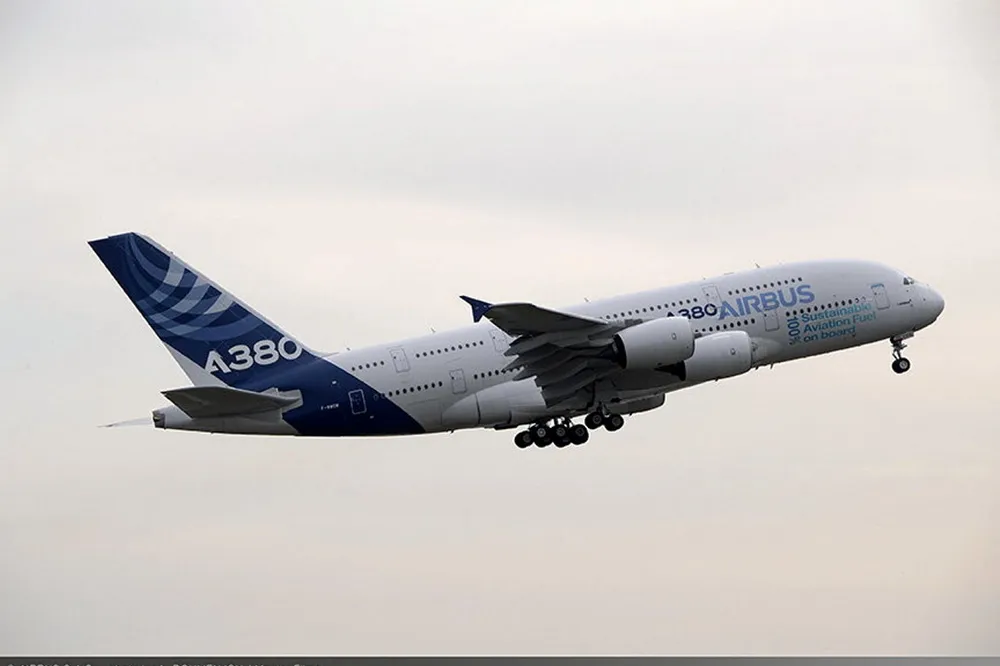H2 in aviation | Aircraft will fly on 35% hydrogen-based fuels by 2050 under new EU blending rules
Airlines will be required to refuel with ever-increasing blends of SAFs and e-fuels, starting in 2025

Airlines will be required to refuel with ever-increasing blends of SAFs and e-fuels, starting in 2025
